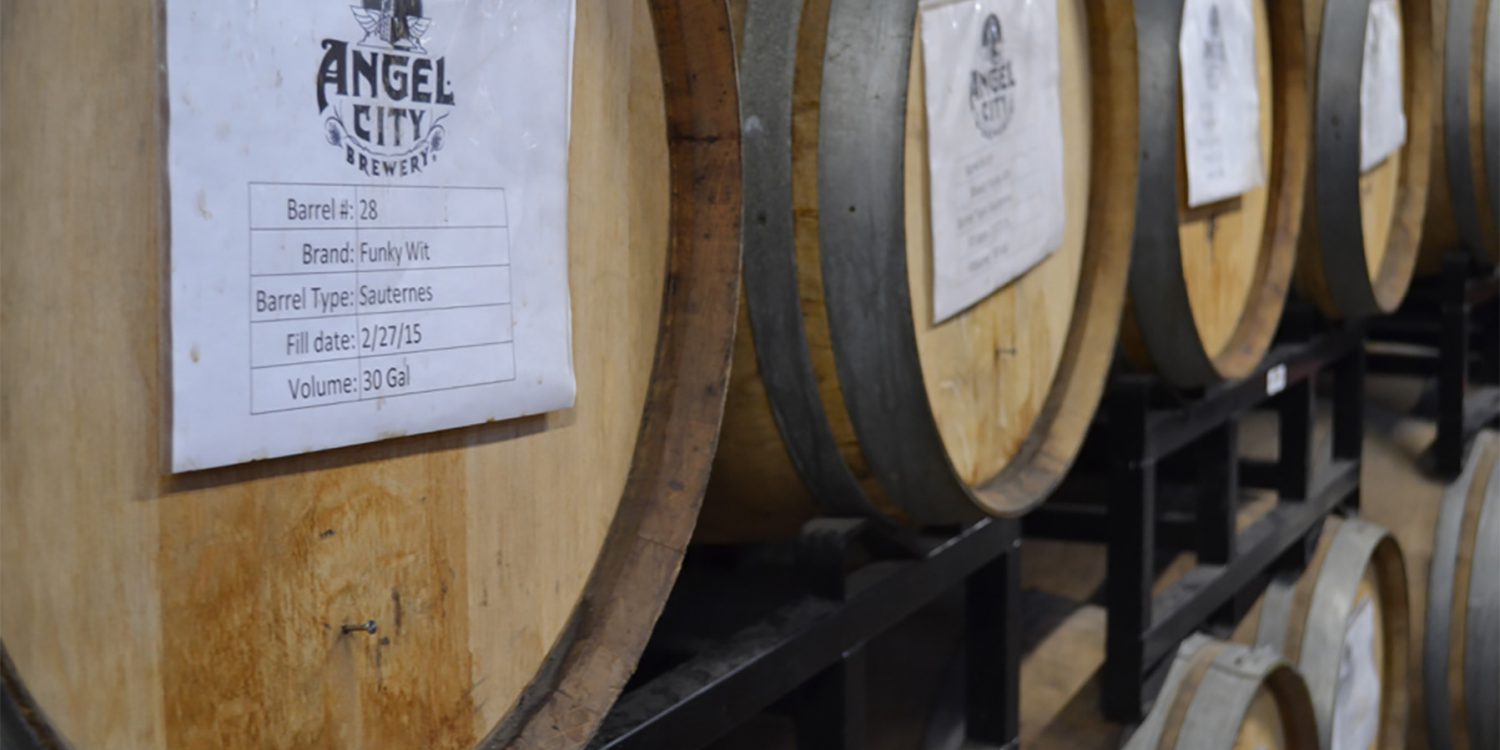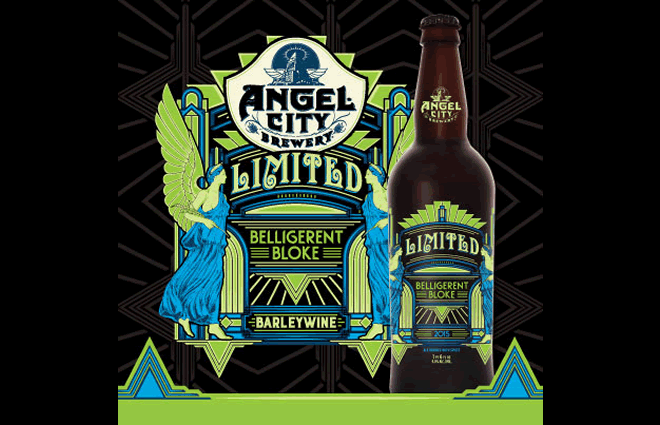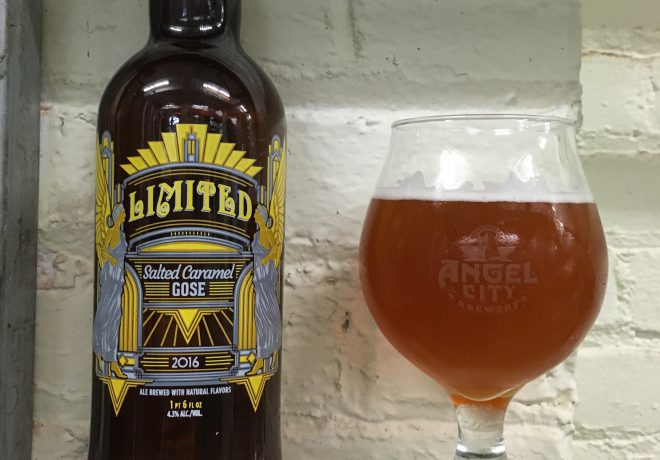
If you’ve been to our Public House, you’ve probably noticed a theme. Whether it’s in the tabletops…
…the water fountain…
…or even our dart board, you can see that we’re using a lot of the same material.
BARRELS.
But these big wooden things are more than just an aesthetic choice. They’re a key ingredient in some of our beers, and without them, those beers just wouldn’t have the same complex flavor. But let’s step back for a moment.
Why the hell would you want to put beer in a barrel?
It’s a fair question – most beer spends its maturation in stainless steel, which has been preferred since the early 20th century for a few key reasons – they don’t rust, they don’t tarnish, they can hold high pressures, and most importantly – they’re inert. That means no oxygen, no bacteria, no nothing gets into your liquid. Which means the yeast can go about their business and make the beer with nothing nasty to interrupt them.
But the same things that make stainless steel such a good medium for making reliable beer, make it a pretty poor medium for making something a little more…wild. Using wood allows for a slow but steady transfer between the liquid inside and the atmosphere outside. Some of that liquid will slowly evaporate, resulting in more concentrated flavors. Some of that oxygen will slowly enter the barrel as well – in large amounts, oxygen could make the beer taste stale and harsh, like wet cardboard. But as it slowly seeps through the pores of the wood, it adds just a touch of sherry character that works really well with some bigger beer styles.
And of course there are also the living things that get in through the barrels – bacteria, molds, and fungi. Some of these can make your beer pretty damn gross. But a good brewer will set up the right conditions so that their brew is most attractive to the little bugs that are going to make it taste even better. And if you get lucky, you’ll end up with a whole ecosystem of flavor – the sour, funky, and wild results of a diverse group of organisms living out their lifecycle. Some of our barrel-aged beers have been purposely inoculated with these cultures to accelerate that action. You might notice that these are the barrels furthest from the brewhouse – since they’re so loaded with life, some of that might leap out and infect our regular fermenters. And that would be bad – bacteria where we want it is good, bacteria where we don’t…not so much.
This kind of brewing is more art than science, so it requires a great deal of attention and luck to make it work. And of course, plenty of good oak.
Why oak, you ask?
Oak has several factors going for it – it’s porous enough to let in a little air, but not so porous that it becomes leaky. It gives the beer some toasted coconut character, as well as a little vanilla. Plus, it’s not poisonous – always a plus – like some other woods are.
Generally though, most brewers don’t use new oak. Most of the time, we’ll buy our barrels used from wineries or distilleries. In addition to being cheaper the second time around, this can give our beer some of the flavor of what was in there before. Bourbon is a popular choice – by law, all bourbon must be made in new barrels to qualify for that name, so they’re pretty readily available. But we go a little further afield than that. Our Funky Wit is aged in French Sauternes barrels – a dry dessert wine with a bit of a funky character. Our Dark Rye Lager lives in brandy barrels. And Pinot Fresa spent its time in…you guessed it…pinot noir.
But the most important aspect of barrel aging?
Putting beer in barrels allows them to sit for much longer than tanks, which are in high demand in a brewery like ours. That time lets the beer mellow out and evolve its flavor. Remember, beer is a living thing, and over the months it will change slightly – for better or worse. Hop flavor, for instance, will fade away, which is why you rarely see barrel-aged IPAs. But malt and yeast flavors will intensify, and alcohol will lose some of its harshness. So the best beers to age tend to be the ones with higher ABVs and with richer, maltier flavors.
We’ve got plenty of different beers taking a rest in barrels right now at the Public House. Next time you’re here, take a walk around and see what styles you find. Then walk over to the retail store and grab a couple of bottles to taste them for yourself!











